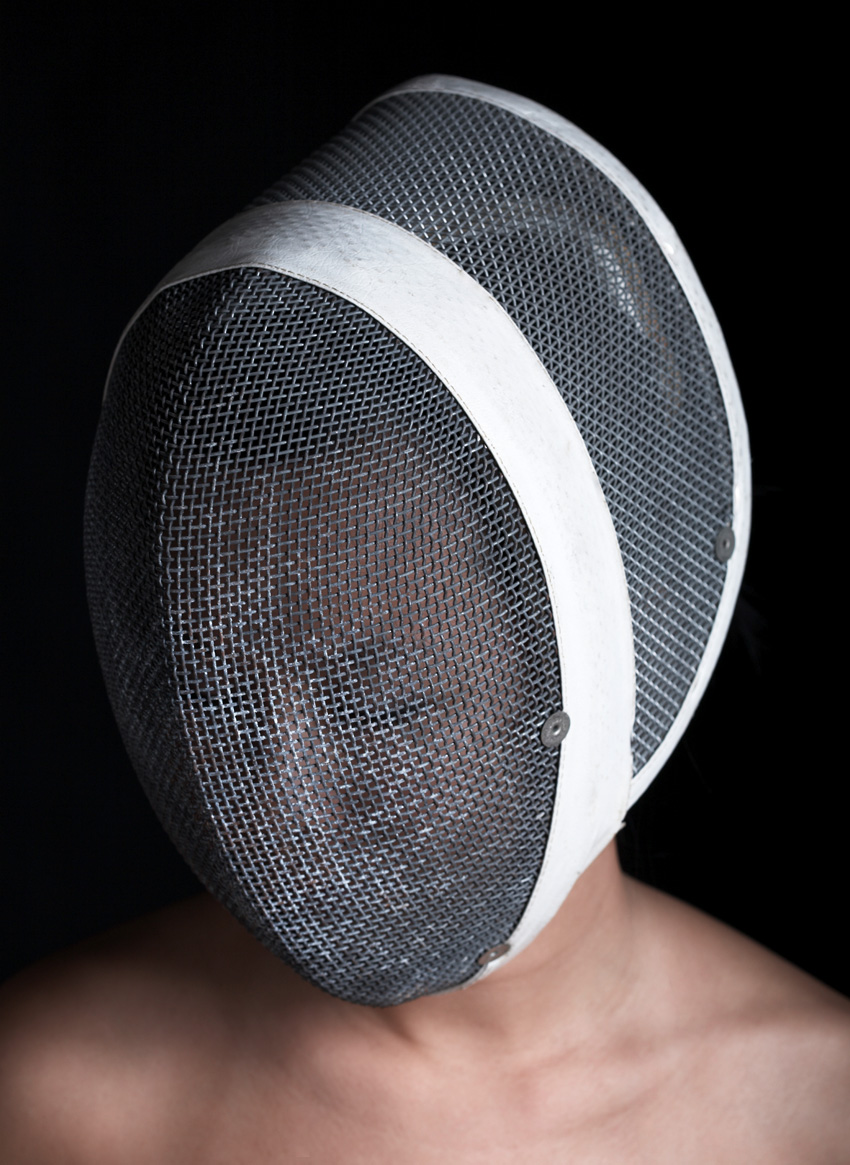The Sports Issue
As a queer person, the answer to the question is always much more complex than the one that escapes between my teeth: “No."
Do you want to watch the game?” The question is recurrent. When summer comes around, one way or another, there's always some kind of soccer tournament on TV. My friends try to get me to join them to watch the game. “It'll be fun.” “You don't have to like soccer.” “It's about the energy.” “Everyone will be there.” There aren't many people left who haven't given up hope. Unlike most of my family, watching soccer never seemed appealing to me. In fact, my animosity towards sport is such that, when I was at elementary school and a soccer match was unavoidable, I used to go straight for my opponents' shins so that I could be sent off. After the punishment I was free to go back to my safe place - among the girls. Since then, getting away from soccer, and sports in general, has become relatively easy. My extracurricular activities are much more within my control and I don't believe I have any friends who would dare ask me to “play ball.” I eventually discovered my love of physical exercise in other ways, but the animosity towards team sports remained. The reason for such hostility stems from the same source that prevents me from drinking beer or makes me so uncomfortable in so-called heterosexual clubs: an undeniable feeling of distance. Curiously, this feeling, which is shared by so many other members of the LGBTQIA+ community, coexists with the queer fetishism of the sports world. In our defense, it's hard to find an excuse for sports like wrestling, where practically naked men squirm all over each other. Even off the pitch, locker room fantasies have pervaded the queer imagination for as long as it has existed. Tom of Finland's earliest drawings relate to locker room fantasies and I don't think I need to cite my sources when I say that homosexual pornography is still full of locker room scenarios. I wish I could find some joke to justify the eroticism of the location, but the truth is that its source is Freudian: locker rooms are dens of homosexual shame. Even these days, when I'm in the gym, my eyes are forbidden to wander. Confined to my feet, I don't venture beyond the occasional mirror. To be honest, I hesitate to take all the blame for my dislike on my shoulders. The world of sport isn't exactly a welcoming place for the LGBTQIA+ community. Without appealing too much to past trauma, the changing rooms were the perfect habitat for adolescent homophobia. Or maybe the experience wasn't just mine. The sheer number of athletes who (don't) identify with the LGBTQIA+ community reveals everything there is to know. When it comes to sports, it's best to stay in the closet, or in this case, the locker.
You might even think: what's wrong with coming out of the closet? These days, most of Western culture directly or indirectly supports the queer population. Of course, the generalization is, well, general. Let's be clear, in most Western countries the LGBTQIA+ community is not actively persecuted for their identity. This doesn't mean that their social conditions, whether family or professional, can't be affected. Beyond any “don't ask don't tell” rules, there are leagues that actively prohibit any support for the queer community. The NHL (National Hockey League), responsible for organizing professional field hockey teams in the United States, has banned its players from wearing any trace of support for LGBTQIA+ identity. The rule came in opposition to Pride Tape, an adhesive tape in rainbow colors. Field hockey players have to put tape on their sticks. This is usually black, but during Pride month, which is celebrated annually in June, some players have adopted the celebratory tape. The ban extends not only to matches themselves but also to training sessions. The decision came a few months after the banning of jerseys showing support for the queer community. In a press release, the NHL claims that the rule is a way of making sure that game nights are “about the game, without any form of distraction.” Curious that the snacks served in the stands don't contribute to such divergences in attention to the game... If this case is too distant, it's hard to sympathize with a sport that isn't celebrated on home soil (Portugal currently only has one rink prepared for professional matches), there is more significant evidence. Returning to the omnipresent soccer, consider the 2022 World Cup. With the tongs of someone who doesn't want to irritate fans of the sport, we address the situation in Qatar. When the country was announced as the host of the world's biggest soccer competition, several complaints immediately arose. From human rights violations to concerns for the safety of LGBTQIA+ fans, the worries have only grown as time has passed. The country does not recognize queer identity as legitimate, criminalizing both homosexuality and the promotion of LGBTQIA+ rights. After the controversial choice, the then FIFA president, Sepp Blatter, made a less appropriate comment when asked about the decision. “They should refrain from sexual activity,” he said with a smile. If that wasn't bad enough, after several teams decided to show their support by wearing “One Love” ribbons on their arms, FIFA announced that any player wearing the accessory would be yellow carded. It should be noted that Portugal was not among the countries that sought to show their support for the cause. Regardless of the country or the sport, the messages from the world of sport are clear to a large part of the LGBTQIA+ community: “We don't want you.”
The story doesn't get any better when you consider how many openly gay Portuguese footballers play in the Primeira Liga: zero. In a rare opportunity to understand what it's like to be a gay athlete in Portugal, a player in the Portuguese league was part of the report “Fora de Jogo - A homossexualidade no futebol,” broadcast in 2015 by RTP. What the player shared, obviously anonymously, was a terrifying scenario of hostility. The player identified with my locker room test, confessing in the interview that “I knew I was gay when I was a teenager and since then I've reserved myself as much as possible because locker rooms are spaces of masculinity and where there is some mockery and criticism of what is different.” The sentiment echoes well beyond national borders. The number of openly gay professional footballers can easily be counted on the fingers of one hand. Statistically, the idea that all players are heterosexual is, if not impossible, at least extremely unlikely. If we consider the statistic that around 10% of the population is homosexual, then among the thousands of footballers, at least dozens must identify as queer. The hesitation to come out of the closet is understandable. In 1990, British footballer Justin Fashanu came out as gay in an interview with The Sun newspaper. Although Fashanu was one of the most valuable players at the time (the first black player to be bought for over a million euros), he was ostracized even by his own family. In 1998, he ended up committing suicide after years of retaliation from fans. It could be argued that almost thirty years have passed since the incident, but the fact is that, since Fashanu, no Premier League player has come out of the metaphorical closet.
These stories, like so many others, don't soften my hostility towards the world of sport, if anything, they only radicalize it. But from a sociological point of view, the fact that the world of sport is so prone to heteronormativity is curious. Thought of as the pinnacle of masculinity, sport is fertile ground for discrimination. The charity Out in the Fields, which collects statistics on homophobia in sports, stated that 80% of participants in its 2019 survey said they had seen or heard incidents of homophobia at sporting events. The institution also reported that, outside of the school environment, the stands at a game are the place most prone to homophobic acts or speech. Of course, homophobia is only a small part of the conversation surrounding sexual discrimination in the world of sport. If queerness is a spectrum, the further we move away from the heteronormative, the greater the amount of problems that float to the surface. Transgender people are often the cause of the biggest discussions when it comes to the intersection between the world of sport and the LGBTQIA+ community. Accusations of cheating, and arguments tinged with the bitter taste of transphobia haunt transgender athletes. Since these issues were raised at the beginning of the decade, the arguments opposing the presence of transgender people in the world of sport have not evolved. Ignoring any form of empirical evidence, the reasoning is based on questions of justice or primitive notions of biology. It is important to note that the birth of these arguments coincides with the movement to attack transgender identity. In the West, trans people have become pawns in political games in which their lives are discussed as electoral ammunition. In Europe and the United States, anti-transgender discourse has invaded national politics and even reached the world of sport. Perhaps this is the source of all my resentment towards this world that seems so far away. Sport seems to be the perfect excuse to perpetuate arguments based on pure discrimination. In that sense, my relationship with a soccer stadium is no different to the one I have with a church - I don't mind visiting, but I won't stay for the main event. I refuse to end on the same negative note with which I began this lengthy argument. The fact is that progress is made every day and, even if soccer is a Goliath for the LGBTQIA+ cause, in other sports the queer community has a much more significant presence. That's why, as soon as the Olympics arrive, I'm going to take the trouble to watch the diving and gymnastics events. As for the rest, I'll probably go straight for the shins.
Translated from the original in the "Winners Never Quit" issue, published July 2024. Full stories and credits in the print version.
Most popular
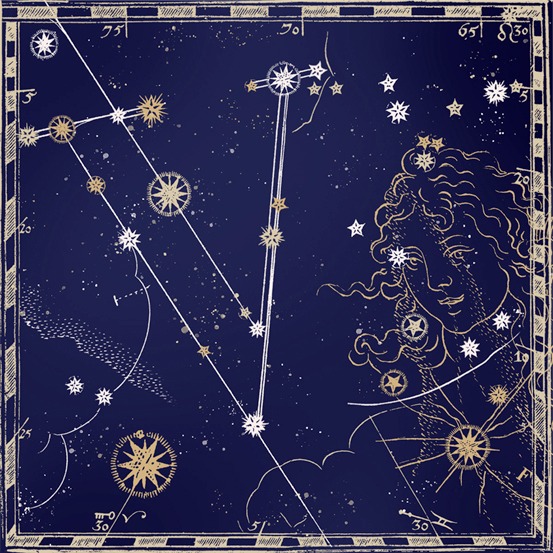
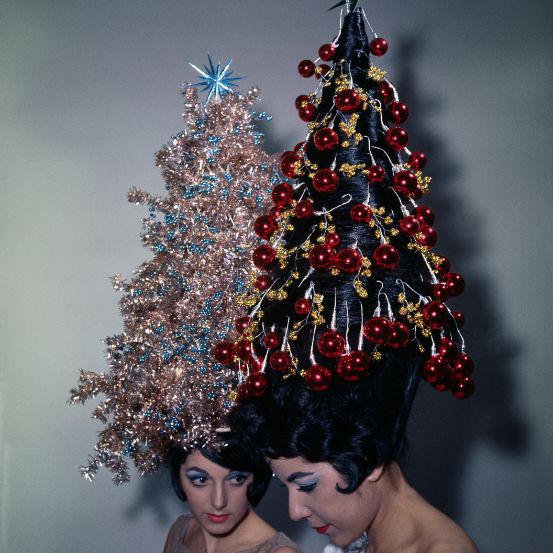
Relacionados
.jpg)
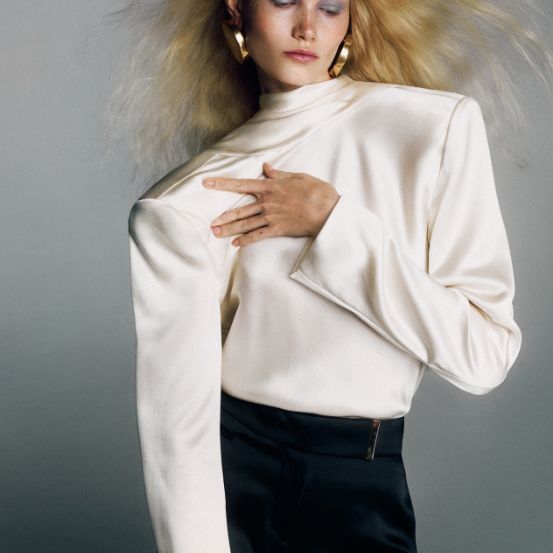
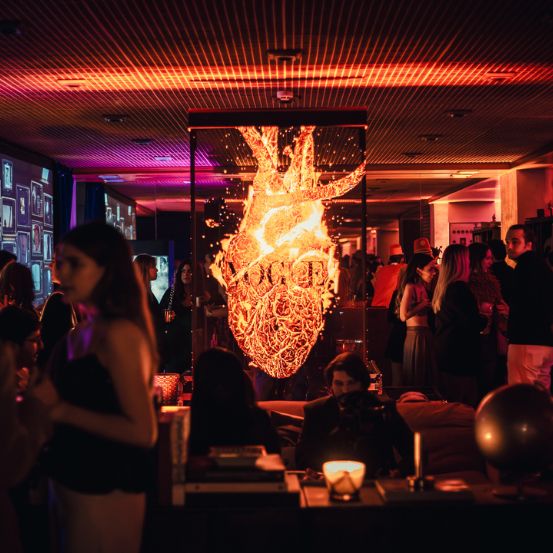
LightHouse Publishing x Street Smash Burgers: uma noite no escritório da Vogue Portugal
19 Dec 2025
 (14).png)


